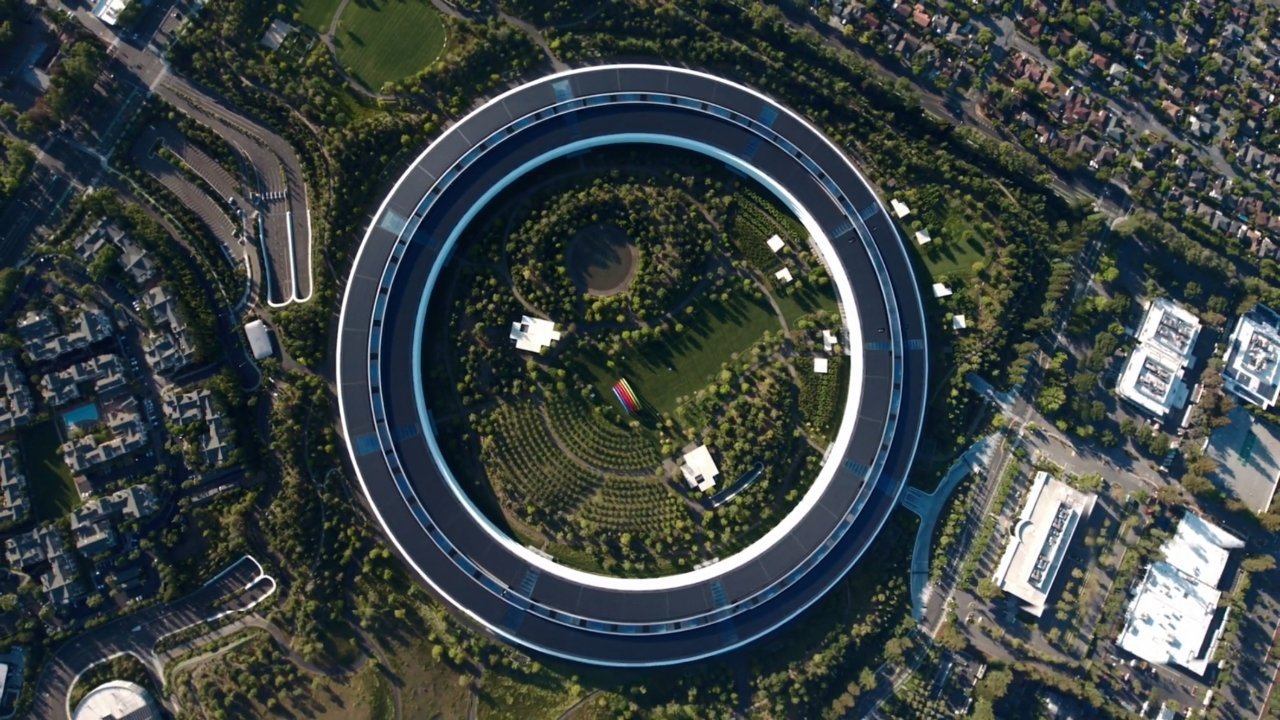
Most of the stars in the universe are surrounded by protoplanetary disks. However, the mechanisms that give rise to stars and planetary systems are still poorly understood. Using NASA ‘s James Webb Space Telescope , a team of astronomers led by University of Arizona researchers obtained the most detailed insights into the forces that shape protoplanetary disks .
Their observations show what our solar system may have looked like 4.6 billion years ago. The team traced disk winds in remarkable detail, which are streams of gas flowing from the planet-forming disk into space.

Driven mainly by magnetic fields, these winds can travel tens of miles in just one second. Their findings enhance astronomers’ understanding of the formation and evolution of young planetary systems . Lead author Ilaria Pascucci, a professor at the University of Arizona ‘s Lunar and Planetary Laboratory, notes that one of the critical processes in a protoplanetary disk is accretion, where the star consumes matter from its surrounding disk.
“How a star accretes mass dramatically influences how the surrounding disk evolves, including how planets form later. The specific ways in which this happens have not been understood, but winds driven by magnetic fields across most of the disk surface could play a very important role.” Young stars grow by drawing in gas from the surrounding disk, but for this to happen, the gas must first lose some of its inertia.
Without this loss, the gas would continue to orbit the star instead of falling onto it. This process, known as “losing angular momentum,” has been complicated for astrophysicists to understand fully. To visualize how angular momentum operates in a protoplanetary disk, consider a figure skater: when she tucks her arms in, she spins faster; when she extends them, her rotation slows.
While her mass remains constant, her angular momentum stays the same. For accretion to occur, the gas in the disk must shed angular momentum. Recently, disk winds have been identified as key contributors to this process, helping funnel some gas away from the disk’s surface and allowing the remaining gas to move inward and ultimately accrete onto the star.
According to Tracy Beck, the paper’s second author from NASA’s Space Telescope Science Institute, it is essential to differentiate between the processes shaping protoplanetary disks. The star’s magnetic field expels the material at the inner edge of the disk through a mechanism known as X-wind. In contrast, the disk’s outer regions are eroded by intense starlight, leading to thermal winds that move at much slower speeds.
The researchers required the high sensitivity and resolution of the James Webb Space Telescope (JWST) to differentiate between magnetic field-driven wind , thermal wind, and X-wind. In contrast to the narrowly focused X-wind, the winds studied in this research emerge from a broader area encompassing our solar system’s inner, rocky planets —approximately between Earth and Mars. These winds also extend much farther above the disk than thermal winds, reaching hundreds of times greater distances between Earth and the sun.
Pascucci said , “Our observations strongly suggest that we have obtained the first images of the winds that can remove angular momentum and solve the longstanding problem of how stars and planetary systems form.” Researchers focused on four protoplanetary disk systems viewed edge-on from Earth for their study. This orientation allowed the dust and gas in the disks to block some bright light from the central star, making it easier to observe the winds.
By adjusting JWST’s detectors to target specific molecules in various transition states, the team traced different layers of the winds. Their observations revealed a complex, three-dimensional structure featuring a central jet surrounded by a cone-shaped envelope of winds originating from increasingly distant regions of the disk, akin to the layers of an onion. A significant new finding was the consistent presence of a pronounced central hole within the cones, created by molecular winds in each of the four disks.
Pascucci’s team aims to extend their observations to additional protoplanetary disks to understand better the prevalence of the observed disk wind structures in the universe and their evolution over time. They believe these structures could be common, but drawing conclusions with only four objects takes time. The team plans to gather a larger sample with the James Webb Space Telescope and investigate whether they can detect changes in these winds as stars form and planets evolve.
Journal Reference:.














